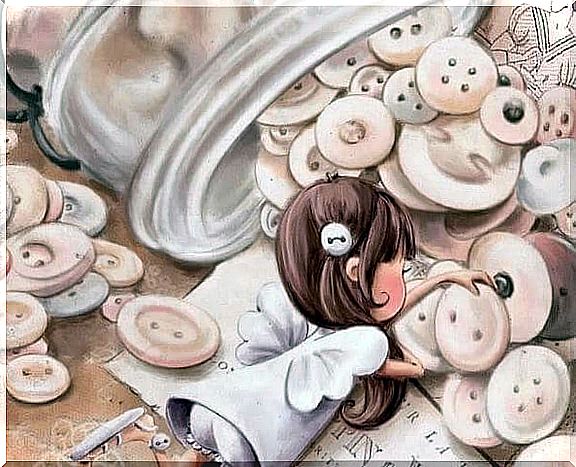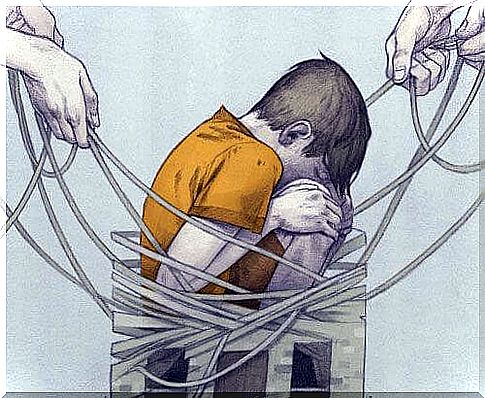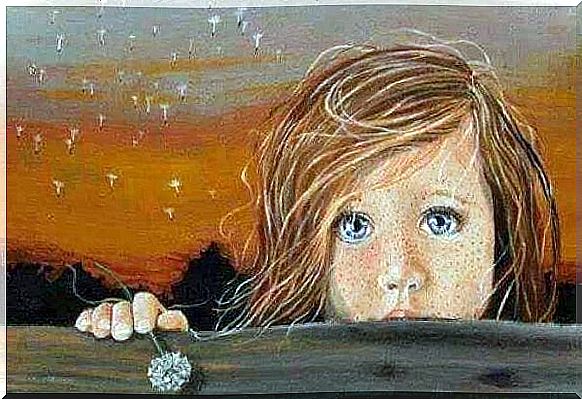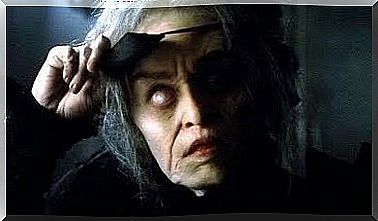Being A Kid In A World Full Of Overtired Adults Is Damn Hard

There is no such thing as a ‘difficult child’. Because it is really difficult to be a child in a world full of chronically tired, busy, stressed, impatient and rushing adults. After all, many parents, teachers, and caregivers all too often forget one of the most important responsibilities of parenting: providing children with enough adventure.
This problem is now – unfortunately – the order of the day. Father, mother, teacher or master, they are often already concerned when the child simply seems for a moment seized by restless or slightly rowdy noisiness, and even when it radiates with happiness, overflowing with emotions, and spontaneous, frisky behavior shows. .
It is normal and very natural for children to run around, jump, fly and scream, romp, play and experiment. In short: to imaginatively approach their environment as one large amusement park, with countless possibilities of discovery. Certainly as a toddler and preschooler, but in their younger years anyway, it is very healthy to give a child the space, time and freedom to be completely themselves. Allow them to follow their own curiosity, impulses and hunches. Don’t force them to conform to the mold and requirements of your adult mind.
To make this possible, these two fundamental things must be understood:
- Mobility is not a disease, disorder, or abnormality. Do not desire a measure of self-control that is neither natural nor socially necessary.
- We do children a favor by allowing boredom and avoiding overstimulation.

Why do we feed our children with drugs?
Although it has become a very trendy term in education and health care, the existence of ADHD (the well-known disorder with the alleged attention deficit, and hyperactivity) continues to be disputed – or at least the way it is defined (epidemically). Nowadays it functions as a general collective term under which all kinds of defects and inconveniences are grouped generically; from neurological complaints and behavioral problems, to mental-material malaise, and an inability to function autonomously, to cope in your own environment.
The numbers are overwhelming. According to data published in the Diagnostic and Statistical Manual of Mental Disorders , the prevalence of ADHD averages as high as three to seven cases in every 100 children. Perhaps most worrisome is that the underlying biological explanation hypothesis is only a tentative premise, an assumption, which they are trying to confirm on the basis of a limited number of collected case examples, with scientifically far from rigorous reasoning such as, ” it seems as if A happens, because of… ”.
Meanwhile, we give our children at the slightest drastic medication, because they exhibit so-called disruptive behavior, because they would be too easily distracted, or because they are too impulsive, and do not (first) think calmly before starting an assignment. In any case, this is an extremely delicate subject, and it is recommended that you take extra responsibility and caution, taking advice from capable child psychologists and psychiatrists.
It is worth mentioning here that – at the moment – there is (still) no clinical or psychological test available that can objectively, conclusively diagnose, or ‘prove’ ADHD. This assessment is largely based on impressions and a fairly subjective reading of the rather ambivalent results . The diagnosis is based, among other things, on a vague factor such as the length of time – how long did it take the (subject) person to complete a certain task? As well as on global impressions of the relevant observer and analyzer. Striking, isn’t it?
Above all, let us not forget that children are instructed to take all these potentially dangerous substances: from amphetamines and antipsychotics to anti-anxiety drugs, with often disastrous consequences for their neurological development. After all, we don’t know what the long-term effects are of these drugs at all, nor of their excessive use. This standard approach is almost exclusively symptomatic, while the condition continues to fester, and inflame beneath the surface. In short: there is no question of a solution, rather of porridge, wetness and suppression.

What a cruel mechanism! So why does it keep happening over and over again? One of the motives is economic in nature: after all, the pharmaceutical industry earns billions from the pharmacological treatment of children. Furthermore, there is the insidious saying: ‘ It is better than (doing) nothing ‘, or even: ‘ At least it can’t hurt ‘. For many with persistent psychosomatic ailments, the deception of the ‘lucky pill’ in, or out of, a jar is difficult to resist or pierce.
Given this pathological advance – or scourge – of off-the-cuff labels, and questionable, stigmatizing diagnoses, it behooves us modestly to lower our voices and realize that, in fact, the adults are really crazy and sick. The most serious defect is a failing policy and management in the field of education and educational politics.
More and more specialists are acutely aware of this systematic defect, and are trying to free parents and professionals alike from this ADHD madness and obsession . In their view, it makes little sense to group a whole range of problems with the finger of blame under one ambiguous denominator. Often the characteristic symptoms can be blamed on the monotonous environment, and a lack of creative-stimulating challenges, in which children are allowed to discover their intrinsic or latent talents and skills.
As Marino Pérez Álvarez, clinical psychologist and professor of psychopathology and interventional techniques at the University of Oviedo in Spain, wrote: “Even though it is presented as an official, and academically respectable term, ADHD is nothing more than a scientifically and neurologically unfounded label for problematic behavior of children. It’s a disastrous label because it falsely pathologizes a lot of very normal problems , that is, bombs them into medical condition.”

“ It simply doesn’t exist. ADHD is a diagnosis without any clinical weight, and the forced medication does not treat [our children], but intoxicates them, ” said Marino. The idea that a neuro-biochemical imbalance can cause various problems has become very popular in recent decades, but it is not clear what the chicken or the egg is. In other words: a neuro-biochemical imbalance can, argued the other way around, also arise from the (disturbed) relationship with our environment.
An appropriate and more than justified question should therefore be: is ADHD science, ideology, or a marketing machine aimed at financial gain? It is essential to take a critical look at this phenomenon and the whole world around it. Does this discipline, for example, not suffer from ‘cerebral centrism’, that is, wanting to reduce everything at all costs to physically determinable causes, without clearly reflecting on what exactly is cause and what is effect? Perhaps the most sensible thing to do is take an honest look at how we run our society, and what there is real scientific evidence for, yes and no.
This sober, neutral starting point, we must ask ourselves uninhibited where children and adults who are still on a ridge diagnosed are, are good at, what their strength, which they have to need, and what they need . An approach that is receptive to and attuned to individual differences will lead to better (mental) health, as well as an increase in the inner well-being of countless children, which in turn will benefit society as a whole. – and not just economically. This whole process starts with recognizing and recognizing what is wrong – in the status quo – and from there, hopefully, positive change will emerge.









